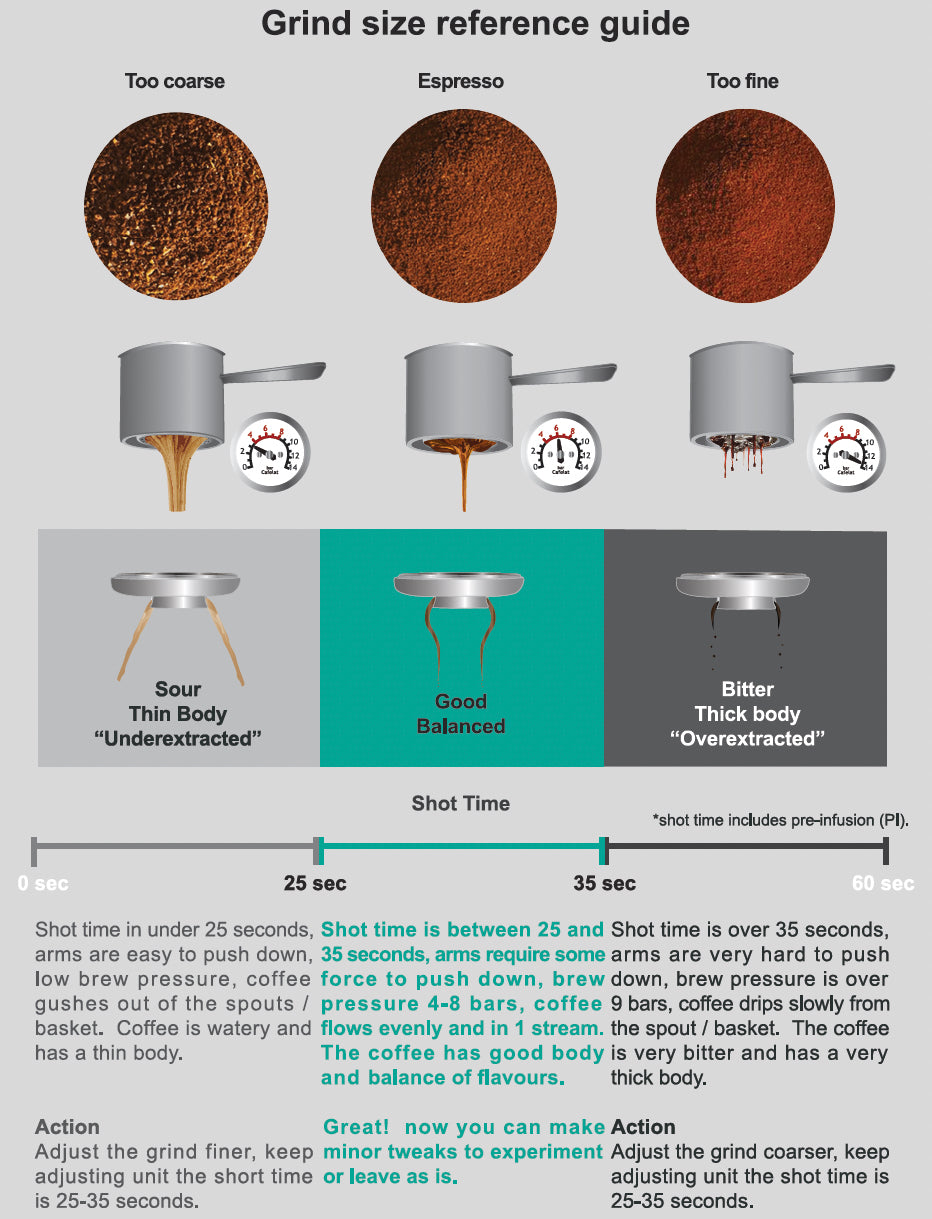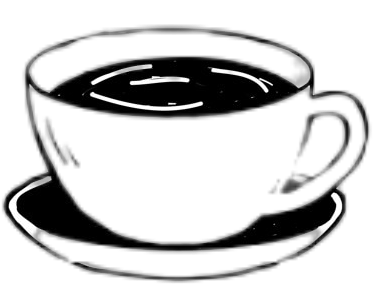When I first started making espresso, I was filled with excitement and a little confusion. There was something almost magical about the process—the precise timing, the grind, and the beautiful bloom of the coffee grounds as hot water was applied. My early attempts were full of mistakes—shots that were either too bitter or too sour. But with time, I began to understand the importance of timing in the espresso extraction process. What once felt like an elusive art became an enjoyable ritual, one I looked forward to each day as I honed my technique. Dive into the features and performance in our DeLonghi Magnifica Evo review

Why Proper Timing is Essential for Great Espresso
Timing is a key factor in ensuring a consistent and flavorful espresso shot. It dictates how much flavor is extracted from the coffee grounds. A shot that’s under-timed will lack depth, often tasting sharp and acidic, while an over-timed shot can turn bitter, with a harsh aftertaste. The trick lies in hitting the sweet spot of timing that brings out a balanced, harmonious flavor profile, which is the hallmark of a great espresso. Learn why this classic model stands out in our DeLonghi Magnifica S review
Approaches to Timing Espresso Extraction
There are two main ways to time an espresso shot. Some baristas begin timing the moment they press the button to start the shot, while others wait for the first drip of espresso. Personally, I start my timer the instant I hit the button, as this includes the pre-infusion phase and ensures more consistency across shots. Both methods can work, so experiment with what feels best for you and your espresso setup. Discover the convenience and technology in our Philips LatteGo 5400 review
Ideal Espresso Extraction Time
The general consensus for the perfect espresso extraction time is between 25 and 35 seconds. From my experience, a shot around the 30-second mark typically yields a balanced flavor, with a good mix of sweetness, acidity, and body. If your extraction is shorter than 25 seconds, it may be under-extracted and taste sour. On the other hand, an extraction time longer than 35 seconds can lead to an over-extracted shot, often resulting in bitterness. Achieving the right timing is key to extracting the ideal flavor. Explore the compact design and features in our Philips 3200 LatteGo review
Fine-Tuning Grind Size for Better Timing
The grind size plays a crucial role in controlling the timing of your extraction. A finer grind slows down the extraction, while a coarser grind speeds it up. If your espresso shot is finishing too quickly (under 25 seconds), try a finer grind. Conversely, if it’s taking too long (over 35 seconds), a coarser grind might be the solution. After experimenting with different grinds and shot times, I found that fine-tuning the grind size is one of the quickest ways to improve espresso quality. Get all the details on versatility and functionality in our Philips 4300 LatteGo review
Tasting: The Ultimate Measure of Espresso Quality
While timing and grind size are important, the ultimate judge of your espresso is the taste. No matter how precise your timing is, it’s the flavor profile that truly matters. A well-balanced shot should be smooth and full, with a delicate mix of sweetness, acidity, and body. If your espresso tastes sour or weak, you may need a finer grind or adjusted brew ratio. Bitter or dry flavors often indicate over-extraction, and tweaking the grind or extraction time can correct this. By tasting each shot and making adjustments, you can continually refine your espresso-making skills.
Common Espresso Extraction Problems and Fixes
Here are some common espresso extraction issues, along with troubleshooting tips:
- Under-extraction: If your shot pulls in under 25 seconds and tastes sour, the grind may be too coarse. Adjust to a finer grind and try again.
- Over-extraction: If your shot takes longer than 35 seconds and has a bitter aftertaste, the grind is likely too fine. Try using a coarser grind.
The Role of Pre-Infusion in Espresso Extraction
Pre-infusion, which is when water is applied to the coffee grounds before full pressure is applied, can influence your extraction timing. Many high-end espresso machines have an automatic pre-infusion feature, and including this time in your overall shot timing often leads to better results. If your machine doesn’t have pre-infusion, you can simulate it by starting and stopping the pump manually for a few seconds before fully extracting the shot.
Experimenting with Brew Ratios to Enhance Flavor
Another way to improve espresso extraction is by experimenting with brew ratios—the amount of ground coffee relative to the espresso you produce. A typical starting point is a 1:2 ratio (18 grams of coffee to 36 grams of espresso). However, this ratio can be adjusted depending on the type of roast. For lighter roasts, a slightly lower brew ratio (like 1:2.5) can bring out the bright, fruity notes. Darker roasts may benefit from sticking closer to a 1:2 ratio to preserve richness and avoid excess bitterness.
The Importance of Tasting and Sensory Feedback
Tasting is the most critical step in perfecting your espresso. While factors like timing, grind size, and brew ratio provide a framework, the flavor profile of each shot is what ultimately guides your adjustments. I’ve found that shots timed perfectly at 30 seconds still may not taste right until I adjust the grind or brew ratio. By consistently tasting and fine-tuning, you’ll build a more intuitive understanding of your espresso machine and coffee beans.

Conclusion
Mastering espresso extraction requires patience, practice, and attention to detail. By focusing on key elements like timing, grind size, and tasting the final product, you can craft shots that are consistently rich, balanced, and flavorful. Remember, there’s no one-size-fits-all approach to espresso—every bean, machine, and palate is unique. Through experimentation and perseverance, you’ll be able to refine your technique and enjoy the journey as much as the perfect shot you craft.
Frequently Asked Questions
Q: What’s the ideal time for espresso extraction?
A: The ideal extraction time typically falls between 25 and 35 seconds to ensure a balanced flavor, avoiding both sourness and bitterness.
Q: Should I start timing when I press the button or when the first drip appears?
A: You can choose either approach. Starting the timer when you press the button includes pre-infusion, while timing from the first drip isolates the active extraction phase. I prefer the former for consistency.
Q: How do I fix an under-extracted espresso?
A: If your shot pulls in under 25 seconds and tastes sour, your grind is likely too coarse. Grind a bit finer and try again.
Q: What is pre-infusion and how does it affect my espresso?
A: Pre-infusion is a brief period where water is applied to the coffee grounds before full pressure is engaged. It helps evenly saturate the grounds and can improve overall extraction quality, affecting total shot time.
Q: Can I rely solely on timing to judge my espresso?
A: While timing is essential, taste should always be your ultimate guide. If your espresso tastes off—sour, bitter, or weak—adjust the grind size or brew ratio regardless of the timing.
Q: How does grind size affect extraction time?
A: Finer grinds slow down extraction, while coarser grinds speed it up. Adjusting the grind size is a quick and effective way to control both extraction time and flavor.
